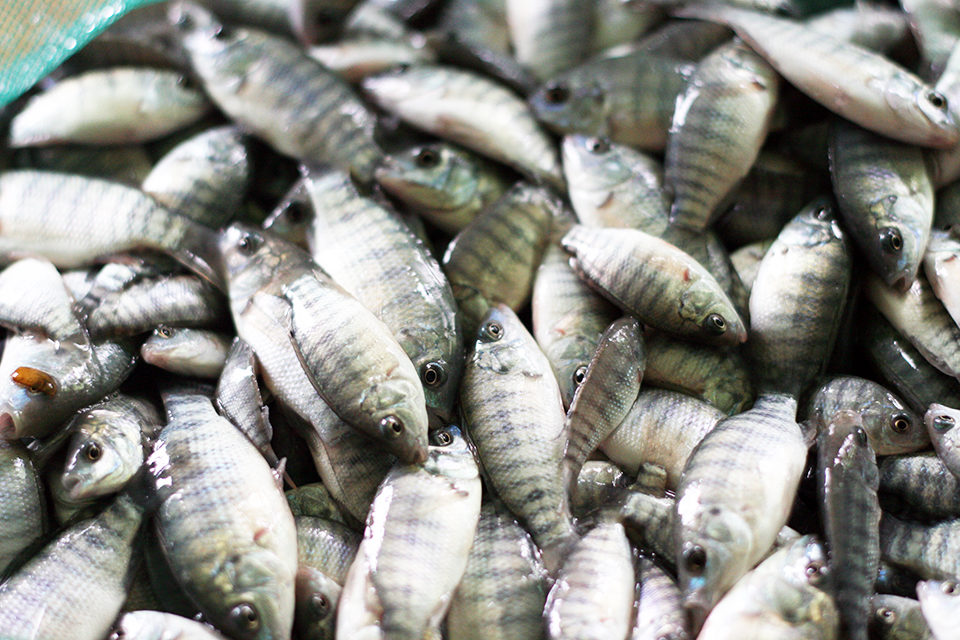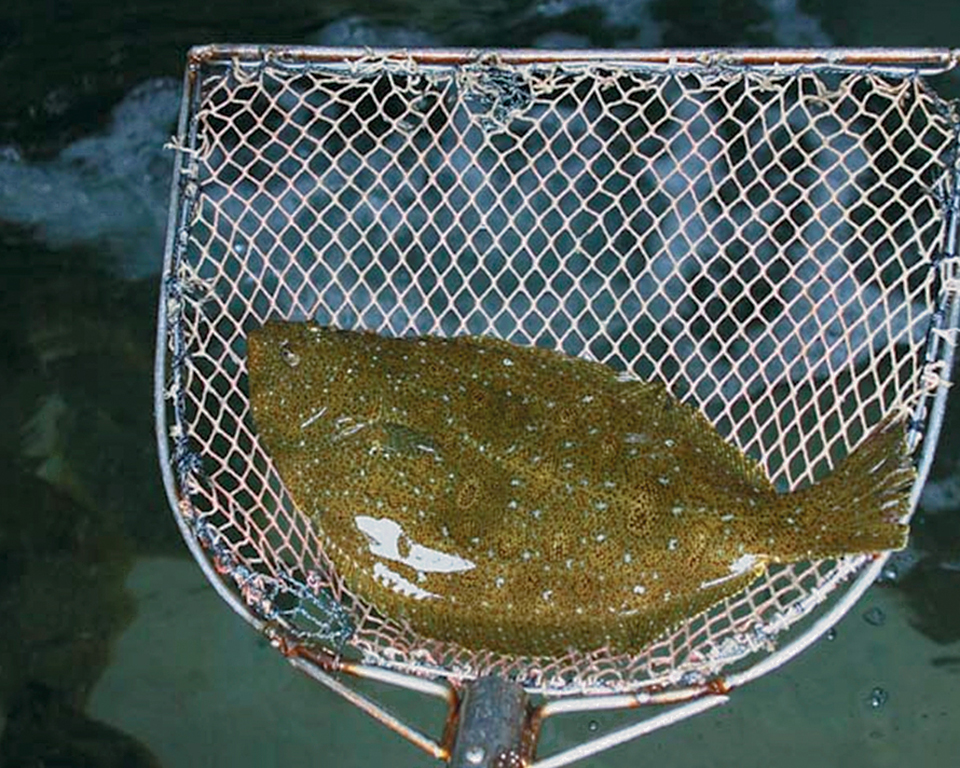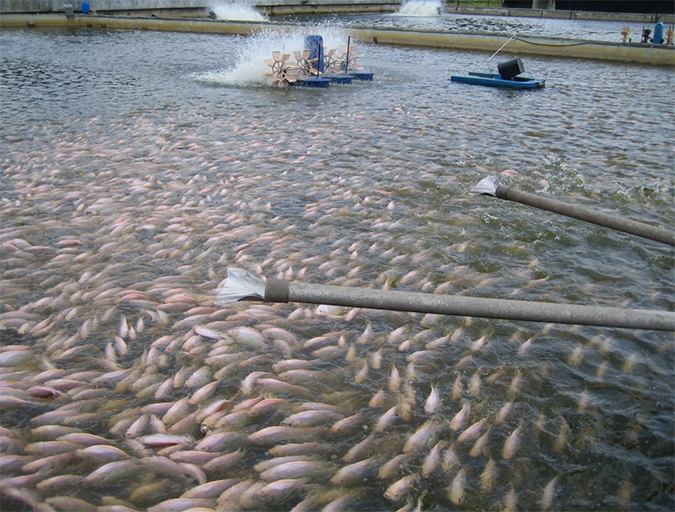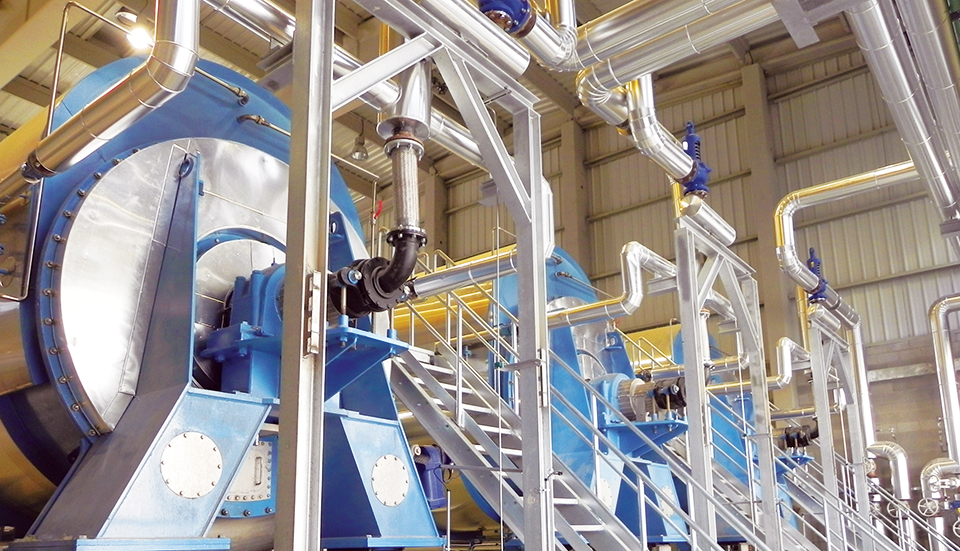Potential as dietary supplements to improve growth performance, feed utilization efficiency, nutrient digestibility

In intensive aquaculture production, bacterial diseases have been identified as major sources of economic loss to producers. Feeding diets containing antibiotics is a common practice to treat bacterial infections, but can potentially lead to the emergence of antibiotic-resistance bacteria and contamination in food products and the environment.
The use of antibiotics in animal production has been banned in European Union and is increasingly under public scrutiny and criticism elsewhere. Consequently, a wide variety of products ranging from plant extracts, prebiotics, probiotics and organic acids or their salts have been evaluated as alternatives to antibiotics, but results obtained are inconsistent.
Salmonids
A study with rainbow trout showed that the apparent digestibility of phosphorus significantly increased in fish fed a fishmeal-based diet supplemented with 10 mL/kg of formic acid, a dietary organic acid. Magnesium and calcium digestibility also increased with the addition of formic acid at 4 or 10 mL/kg.
A trial comparing the growth of trout fed diets supplemented with 0, 0.5, 1.0 or 1.5 percent of an organic acid blend containing sorbic acid and formic acid and its salt or 40 mg/kg of the antibiotic flavomycin indicated that weight gain significantly increased in fish fed diets with the 1.0 or 1.5 percent acid blends. The growth of fish fed the antibiotic diet was similar to that of fish fed the 1.5 percent acid blend diet, but the latter tended to have better feed efficiency.
Investigations with Arctic char showed that supplementation of commercial diets with 1 percent of the acid salts sodium-lactate or sodium-acetate significantly improved weight gain and feed efficiency. These factors also improved in fish fed a diet containing 1 percent sodium-formate, but supplementation with 1 percent sodi-um-propionate significantly depressed growth.
Feed intake was not affected by inclusion of these compounds, but the addition of 1 percent sodium-acetate improved the digestibility of protein and lipids. The growth of Atlantic salmon, however, was not affected by feed supplementation with 1.5 percent sodium-lactate. In contrast, the same diet significantly improved the growth of Arctic char.
The growth differences observed between these two species were probably related to the feed retention time in the digestive tract, which was about two times longer in Arctic char. A more recent study with Atlantic salmon showed that inclusion of fishmeal enriched with 0.8 or 1.4 percent potassium diformate (KDF) tended to improve growth and feed efficiency.
Tilapia
Various concentrations of the organic acids citric acid, propionic acid, acetic acid, lactic acid and oxalic acid have been evaluated for their effects on the feeding behavior of Nile tilapia. The results indicated that citric acid at concentrations of 10-2 – 10-6 M, propionic acid at 10-4 – 10-6 M and lactic acid at 10-2 – 10-5 M stimulated feeding. Propionic acid at 10-3 M tended to suppress feeding. Acetic acid at 10-5 M and oxalic acids at 10-6 M had no effect on fish feeding.
A growth trial comparing the performance of diets supplemented with an organic acid/salt blend of calcium formate, propionate, lactate and phosphate, and citric acid at 0, 0.5, 1.0 and 1.5 percent or 0.5 percent oxytetracycline showed no significant difference in weight gain and feed efficiency among treatments, although the group fed the 1.5 percent acid/salt blend diet gained 11 percent more than the negative control.
A study with red hybrid tilapia comparing the effects of 0, 0.1, 0.2 or 0.3 percent inclusion of a commercial organic acid blend or 0.2 percent KDF showed that weight gain, feed efficiency, protein efficiency and net protein utilization were not affected by dietary treatments, but there was a trend toward improved results in fish fed diets containing the acid blend or KDF. Total fecal and adherent gut bacterial count, particularly Aeromonas hydrophila, significantly decreased in fish fed diets with the organic acid blend or KDF. At 0.3 percent inclusion, the organic acid blend was as effective as 0.2 percent KDF. Cumulative mortality 15 days after challenge with Streptococcus agalactiae was significantly reduced in fish fed diets supplemented with the organic acid blend or KDF.
Another study, however, reported that KDF at dietary levels of 0.2, 0.3 or 0.5 percent significantly improved the growth and feed efficiency of Nile tilapia. Mortality at 15 days after challenge with Vibrio anguillarum was lower in the group fed the KDF-containing diets, although significantly lower mortality was obtained with the 0.5 percent KDF diet.
Results of another feeding study with Nile tilapia reported significant improvements in weight gain and feed efficiency in fish fed a diet containing 0.3 percent KDF. However, results of later study with the same species showed only a non-significant increase in these variables.
A recent study at the author’s laboratory with Nile tilapia using various levels of KDF showed a trend of increased weight gain in fish fed diets with increasing levels of KDF up to 1.0 percent. Fish fed this diet had significantly higher weight gain and feed efficiency than those fed diets with 1.25 or 1.50 percent KDF, but did not differ from the groups fed lower levels of dietary KDF. Hematological parameters and innate immune responses were not affected by dietary treatments. Mortality 14 days post-challenge with S. iniae and antibody titer against the same bacterium were likewise not affected by dietary treatments.
Most recently, a study using 0, 0.3 and 0.5 percent sodium diformate yielded a non-significant growth improvement in tilapia fed diets supplemented with 0.3 or 0.5 percent diformate. A similar trend was observed for feed efficiency, with the value for the diet containing 0.3 percent diformate significantly better than that of the control. Protein efficiency and protein retention efficiency were also significantly improved for this dietary treatment.
Other species
The sodium salt of butyric acid was evaluated at 0 and 0.2 percent levels in diets containing fishmeal or soybean protein concentrate for catfish, Clarias gariepinus. No significant difference was found among fish fed diets with or without sodium butyrate. However, supplementation of sodium butyrate to the fishmeal-based diet provided slightly better weight gain and feed efficiency relative to the control. Gram-positive bacteria in the hindgut of C. gariepinus tended to increase in fish fed sodium butyrate-supplemented diets.
A short-term 30-day study with pangasius catfish indicated that the addition of 0.2 percent KDF improved feed efficiency as well as survival. Feed consumption, however, decreased in fish fed the KDF-supplemented diet. Supplementation of KDF at 0.3 percent has also been shown to substantially, but not significantly, improve growth and feed efficiency in milkfish (Chanos chanos) reared in marine cages.
Perspectives
Available information on the beneficial effects of dietary inclusion of organic acids and their salts on fish performance is inconsistent and appears to vary among fish species, fish size or age, and the types and levels of organic acids and salts or their combinations. The compositions of experimental diets, buffering capacities of dietary ingredients, culture and feeding management, and water quality are additional factors.
Despite the discrepancies among the published data, it appears that organic acids and/or their salts have good potential as dietary supplements to improve growth performance, feed utilization efficiency and nutrient digestibility; alter gut microflora populations and increase the disease resistance of aquaculture species. However, more research is needed to better understand the mechanisms of the potential beneficial effects of these compounds and their mixtures.
(Editor’s Note: This article was originally published in the September/October 2010 print edition of the Global Aquaculture Advocate.)
Now that you've reached the end of the article ...
… please consider supporting GSA’s mission to advance responsible seafood practices through education, advocacy and third-party assurances. The Advocate aims to document the evolution of responsible seafood practices and share the expansive knowledge of our vast network of contributors.
By becoming a Global Seafood Alliance member, you’re ensuring that all of the pre-competitive work we do through member benefits, resources and events can continue. Individual membership costs just $50 a year.
Not a GSA member? Join us.
Authors
-
Chhorn Lim, Ph.D.
Aquatic Animal Health Research Lab
U.S. Department of Agriculture
Agricultural Research Service
990 Wire Road
Auburn, Alabama 36832 USA -
Christian Lückstädt, Ph.D.
Addcon Europe GmbH
Bonn, Germany -
Phillip H. Klesius, Ph.D.
Aquatic Animal Health Research Lab
U.S. Department of Agriculture
Agricultural Research Service
990 Wire Road
Auburn, Alabama 36832 USA
Related Posts

Health & Welfare
Dietary organic acids improve gut health, disease resistance in olive flounder
A study evaluated the effects of two organic acid blends on performance, gut health and disease resistance in olive flounder. The dietary organic acids were effective in lowering total gut bacterial counts, gut Vibrio counts and in conferring resistance against Edwardsiella tarda.

Health & Welfare
Dietary organic acids used as growth promoters, anti-microbials
A feeding trial measured growth, nutrient utilization and faecal/gut bacterial counts in triplicate groups of red hybrid tilapia (Oreochromis sp.). Study results show that dietary organic acids can potentially replace OTC as a growth promoter and anti-microbial in tilapia feeds.

Aquafeeds
A look at protease enzymes in crustacean nutrition
Food digestion involves digestive enzymes to break down polymeric macromolecules and facilitate nutrient absorption. Enzyme supplementation in aquafeeds is a major alternative to improve feed quality and nutrient digestibility, gut health, compensate digestive enzymes when needed, and may also improve immune responses.

Aquafeeds
Animal byproduct concentrates useful tools in formulation
With the market volatility of fishmeal, as well as rising sustainability concerns, the aquaculture industry is seeking sources of protein, such as animal byproduct concentrates, to substitute for fishmeal.


